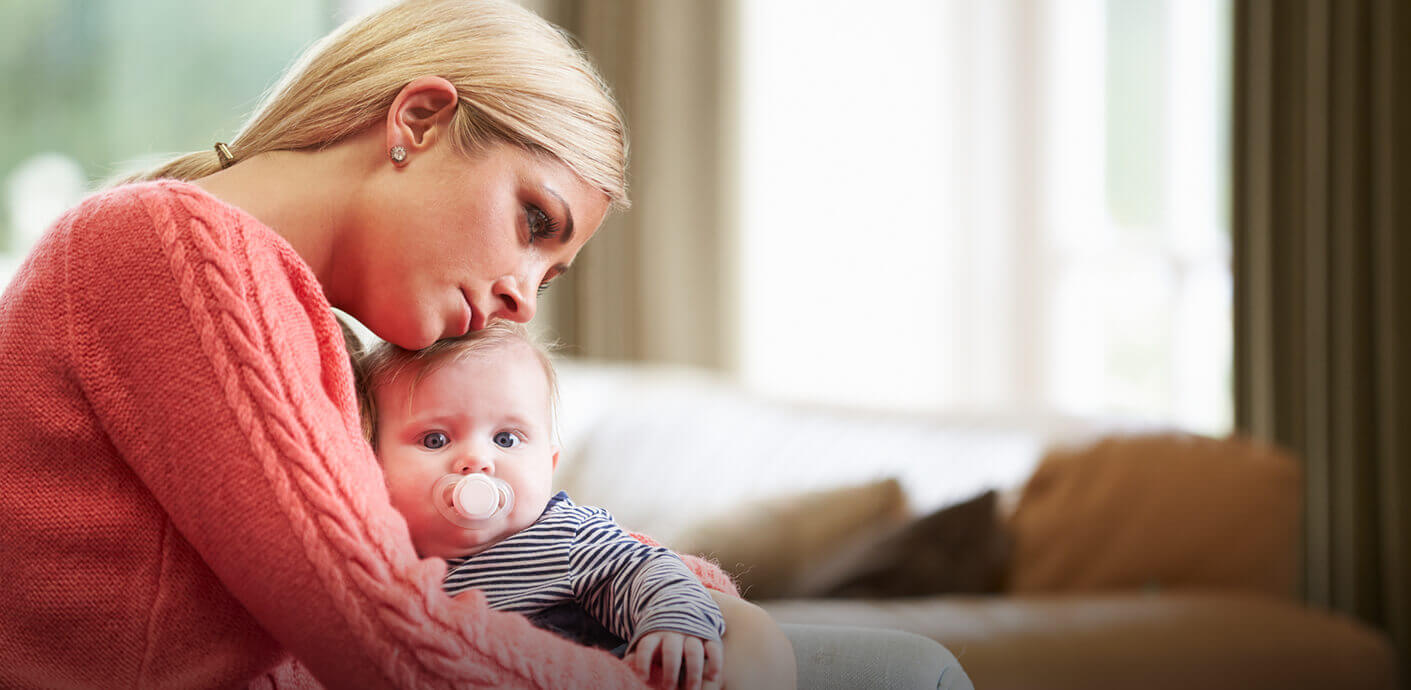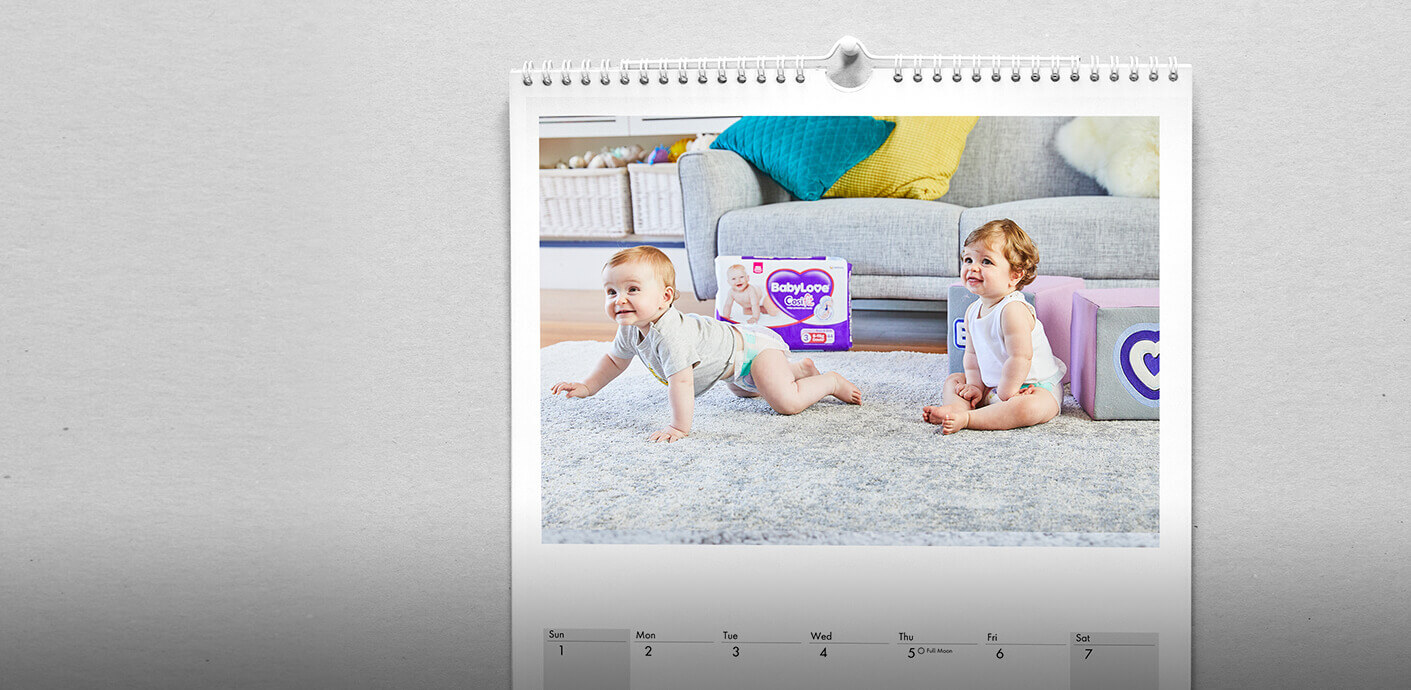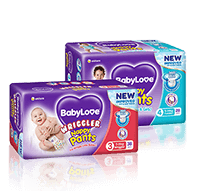Child Development Stages and Ages and what you need to know
Stages of Child Development
From babies to teenagers, children go through distinct periods of development as they get older. During each of these stages, multiple changes in the development of the brain take place. We want to help parents understand what’s taking place in their child’s brain and body during each period. By doing so, we hope that each parent will be able to provide the necessary support, encouragement, structure and interventions to enable a child to progress through each stage as smoothly as possible. We also hope to calm the nerves of parents who find themselves experiencing these different stages of their child’s life cycle. Believe it or not, some things your child might be doing are absolutely normal, and there’s no need to worry too much!

What you need to know about newborns and babies
If you’re parenting a newborn or baby, from 0-3 months, it can be exhilarating and also quite challenging. During this time, you’ll start to develop a strong bond with your baby, a relationship that will last a lifetime. It is also a time when parents begin to discover who this new person is. Each child is beautifully unique, and it is vitally important that parents learn to understand, respect and show support for each different trait and ability of their new child. Your baby will begin to smile and start visually tracking people, feeling more connected to the people they’re exposed to most of the time and are more familiar with. At this stage, your baby will love to start studying different faces and looking at bright colours. You will hear them gurgle and coo, as they try to communicate with you. You can talk to them, though they won’t particularly understand what you’re saying, your voice will start resonating with comfort.
What you need to know about babies aged 4-6 months
At this stage, your child will be laughing and smiling more. You’ll start to notice that they begin exploring their hands and feet, as they start putting them in their mouths. Babies aged 4-6 months can also begin to sit upright on couches and rolling over. Have fun with them as they start imitating sounds and watching you in awe and curiosity.
What you need to know about babies aged 7-12 months
At 7-12 months, babies can sit up alone and will want to start walking. They can creep and crawl and can often pull themselves up. Get ready for some noise as babies will begin to pick up objects and start shaking and banging them. Introduce some music to your little one and watch your baby want to wiggle and dance! They’re starting to realise what their bodies can do, and often try to do more than their little bodies are capable of just yet.
What you need to know about children aged 1-2 years
The first few steps your child courageously takes are the beginning of a whole new phase of development. This stage invites children to explore the world and roam around on their own. Children aged 1 – 2 years old start talking a little and begin to understand basic words and ideas that they have become familiar with. At this age, they love stories and games as their brains are developing at a rapid pace. It is now when they start taking their first confident steps and try to run from time to time. Kids, this age, start feeling a sense of pride when they solve a problem or find something interesting to show mum or dad. You could even see them play make-believe or talk to their toys as friends.
What you need to know about Toddlers aged 2-3.5 years
At this stage, your child will enjoy learning new things and start increasing their vocabulary, as well as start repeating words they hear people around them say. You’ll see your child wandering around, trying to understand their surroundings. Language developments take significant leaps at this age. Your child will also experience rapid physical and intellectual improvements. Children aged 2-4 will start acting more independently, but parents should remember to do the right amount of guiding and coaching during this time, as the child will learn important things that may impact them later in their life. Meltdowns are frequent at this stage, but parents must try to use the bond developed during infancy to teach their child how to regulate their emotional expressions and how a delay of gratification works.
What you need to know about preschoolers aged 3.5-5 years
As children move into their next phase of development, they begin to exercise a longer attention span. They start asking a lot of questions, so it’s important for parents to take the time to answer them carefully and appropriately. They might start to ask questions to answers that they are not ready to hear just yet. Parents should try and respond cautiously at this time. At this age, preschoolers will learn to share and give other kids ‘turns’. This is where they learn to be kind and selfless. The lessons learnt during this phase will undoubtedly impact your kids later on in life.
What you need to know about children aged 5-8 years
Children become even more curious about the world they live in, as they begin putting together knowledge and understanding of concepts. They will become increasingly interested in numbers, letters, reading and writing. This is a good time for parents to introduce reading time for kids to do on their own. Children at this stage are also more confident in their physical ability, and they start exploring just how much their bodies can do. Now is the time when your child will try and be ‘grown-up’, using words to express their feelings instead of throwing tantrums.
What you need to know about school-aged children from 8-12 years
Raising school-age children can be one of the most exciting times for parents! Here you get to watch your child try new activities and explore what their passions and interests are. This could also be the time you get to see more of their personality traits and which parent they’re most similar to. Does your child enjoy tennis like dad or arts & crafts like mum?
During these ages, children appreciate parents cheering them on and supporting them. Show praise and encouragement for their achievements, but also remember to share hearty advice when they might disappoint you.
What are the five areas of child development?
First area of child development: Physical Health, Well-Being, and Movement Skills
Physical activities are designed to help develop your child’s large and small muscle control, her coordination, and her overall physical fitness.
Second area of child development: Social and Emotional Development
Activities in this area target your child’s ability to make and keep social relationships, both with adults and with other children. They will learn how to recognise and express their feelings more effectively and start to pick up on other people’s emotions. They will gain valuable experience from understanding and respond to the emotions of others.
Third area of child development: Approaches to Learning
Children differ in how they approach new tasks, difficult problems or challenges. These activities will spark your child’s curiosity, their interest and their ability to stay dedicated to a certain task. As a parent, make sure that you try to enforce positive approaches to learning, as research has suggested that there are strong links between positive approaches and your child’s success in school.
Fourth area of child development: Thinking Abilities and General Knowledge
The suggestions in this area help your child figure out how the world works around them and how things in the world are organised. Your child will experience “learning how to learn”, improved problem-solving ability and abstract thinking.
Fifth area of child development: Communication, Language and Literacy
These activities will help teach your child how to express themselves and understand what others say. Early reading and writing skills are also targeted.

Why do Kids have Tantrums, and what to do about them?
Why do tantrums happen?
Tantrums may happen when kids are tired, hungry, or uncomfortable. They can also happen when your child can’t get something they want (for example, an object or a parent). Learning to deal with frustration is a skill that children gain over time. Tantrums are common during the second year of your child’s life, a time when language skills are starting to develop. Because toddlers can’t verbalise what they want or how they feel and need, this is a frustrating experience that may cause a tantrum or two. As language skills improve, outbursts tend to decrease as they are more capable of articulating their feelings more positively and productively.
Can you prevent tantrums?
Tantrums are part of the territory, but to try and prevent tantrums from happening in the first place, here are some ideas that may help:
First tip when trying to prevent tantrums: Give plenty of positive attention. Get in the habit of catching your child being good. Reward your little one with praise and recognition for positive behaviour.
Second tip when trying to prevent tantrums: Try to give toddlers some control over little things. Offer minor choices such as “Do you want to brush your teeth before or after taking a bath?” This way, you aren’t asking “Do you want to brush your teeth now?” — which inevitably will be answered “no”.
Third tip when trying to prevent tantrums: Keep off-limits objects out of sight and out of reach and indirectly, hopefully out of mind. This makes the struggles less likely. Obviously, this isn’t always possible, especially outside of the home where the environment can’t be controlled.
Fourth tip when trying to prevent tantrums: Distract your child. Take advantage of your little one’s short attention span by offering something else in place of what they can’t have.
Fifth tip when trying to prevent tantrums: Help kids learn new skills and succeed. Help kids understand new concepts and do new things. Praise them when needed and help them feel proud of what they can do and achieve. Start with something simple at first before moving on to more challenging tasks and see how you can boost your child’s confidence.
Sixth tip when trying to prevent tantrums: Consider the request carefully when your child wants something. Choose your battles and accommodate when you can. When you can’t, explain to your child why not and move on.
Seventh tip when trying to prevent tantrums: Know your child’s limits. If you know your toddler is tired, it’s not the best time to go grocery shopping or try to squeeze in one more errand. Their schedule can influence yours and vice versa. Try to find a balance between the two.
Most importantly, keep your cool when responding to a tantrum. Don’t complicate the problem with your frustration or anger. Remind yourself that your job is to teach your child how to calm down, so you need to stay calm too. Tantrums should be handled differently, depending on why your child is upset. Sometimes, you may need to provide comfort. Other times, it’s best to ignore an outburst and distract your child with a new activity. Kids who are in danger of hurting themselves or others during a tantrum should be taken to a quiet, safe place to calm down. This also applies to tantrums in public areas. Preschoolers and older kids are more likely to use tantrums to get their way if they’ve learned that this behaviour works as a manipulating tool. Once kids have started school, it’s appropriate to send them to their rooms to cool off.
Is your toddler finding it a little hard to start talking?
We’ve got five tricks to get your toddlers to start using their words!
First trick to get your toddler talking: The first thing you want to do is talk, talk, talk! Narrate along and keep talking, even if your child gives you a blank stare. This way, you start facilitating and inviting conversation between you and your child.
Second trick to get your toddler talking: The second thing to do is to listen to your child and let them have the floor. They want to be validated by your attention. Just how we like being listened to, so do children.
Third trick to get your toddler talking: The third tip you can try is to avoid baby talk. We don’t mean talking to them like a professor, but merely by not adding ‘y’ at the end of your words (drinky, walky etc.). Say the words properly and not in high pitched tones – if they say the words in an infantile way, congratulate them by repeating the word in the adult form. E.g., If you’re trying to explain the word water and your child responds by saying “wa wa”, say the adult form of the word to them and let them try and correct themselves, “Water” “wa-wa” “Yes, water! Splish Splash.”
Fourth trick to get your toddler talking: Use melodies, facial expressions, changes in volume and even singing. To the child, this makes you seem fascinating. Doing this makes them feel interested in what you’re saying and doing, which could encourage them to start participating in the conversation.
Fifth trick to get your toddler talking: The fifth thing to implement is to limit screen time. TV, computers and other electronics do not teach language; they teach concepts. Language is learnt interactively – interacting with you or other people is ideal, not computers or iPads.
Secrets of Toddler Discipline
Secret one to disciplining your toddler: When disciplining your child, it’s important to be consistent and stern. Don’t change your tune on whether something is okay down the line.
Secret two to disciplining your toddler: By now, you should know what triggers reactions from your toddler. Hunger and tiredness play a considerable part before a child usually throws a tantrum. Try and avoid these scenarios by looking out for signs of unhappiness and what you can do in preventing them.
Secret three to disciplining your toddler: Think like a toddler. Yes, you read correctly. Try to understand how they see things and work tactically from that vantage point to avoid a more significant altercation.
Secret four to disciplining your toddler: Keep them distracted. It is often easier to find ways to move them away from bad activities, rather than just scolding them for doing them.
Secret five to disciplining your toddler: Stay Calm. Your losing control will only escalate the situation further. Don’t make it about your anger, make it about the child learning.
Although there are various tips, tricks and techniques when it comes to raising your child, it is still important to understand that every baby, toddler or child is a unique and significant little human being. If you want to help your child through their developmental stages, the golden rule is to spend time with your kid. Get to know them. Love them and understand what works for them and what doesn’t. Parenting requires a great deal of improvising. If certain things don’t work for you or your child, try something else and figure out what makes your little one so beautifully different than everyone else. Focus on that and work from there.

NAPPY PANTS
BabyLove Nappy Pants for Wrigglers through to Junior
Make change time quick and easy.
With no tabs to struggle with, the soft 360° stretchy waist allows you to pull up pants quickly and easily, while your baby is still standing, or wriggling, or dancing! Flexes to fit your toddler’s body, providing comfort and freedom of movement.
Now with DriWaveTM tech for instant absorption!
The soft, wavy sheet is designed to minimise skin contact, reducing the risk of irritation and provides an ultra-soft, dry layer between bub and mess.
Easy-to-tear side seams – Allow for quick and easy removal, making change time a breeze!
12-hour protection – With the same superior absorbency of a nappy, BabyLove Nappy Pants are perfect for day and night time use.
Suitable for boys and girls – Unique extended absorbent core maximises the Nappy Pants absorbency area.
Soft & Comfortable – with soft sides, 360-degree stretchy waist, snuggly fit and move with toddler
Fun new design – Available in 3 types, ranging from 9-25kg
Sources:
https://www.webmd.com/parenting/guide/7-secrets-of-toddler-discipline
https://childdevelopmentinfo.com/ages-stages/#.Wk3EFN-WbIU
https://www.ccrcca.org/parents/your-childs-growth-and-development
https://www.babycenter.com/milestone-charts-birth-to-age-3
http://www.mommyshorts.com/2011/04/five-tricks-to-get-your-toddlers-talking.html
http://kidshealth.org/en/parents/tantrums.html
https://www.bestbeginningsalaska.org/activities-resources/child-development-areas





